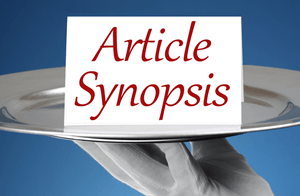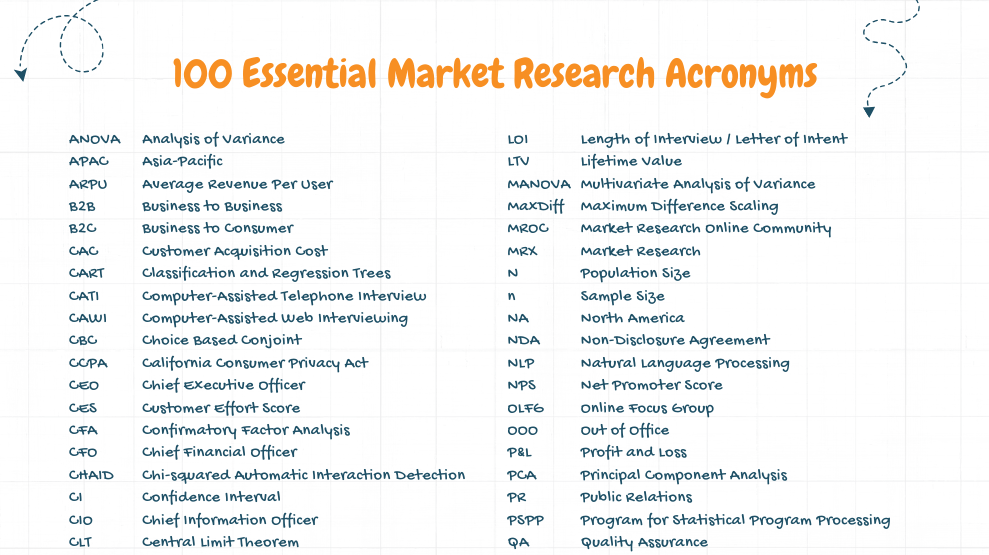Quirk’s November 2014, “Designed with you in mind”
By Scott Garrison and Jet Kruithof
 Swiffer® had a problem. Although its cleaning tools were well loved in America, the brand’s Italian market was doing poorly. What was the problem? After a bit of digging, Swiffer’s researchers found that the unique value proposition (UVP) of fast and easy cleaning which made the brand so popular in the States was rejected in Italy. There, when it comes to cleaning, easy means lazy. Only when Swiffer advertising focused on the ability to clean deeply, did Italians start buying.
Swiffer® had a problem. Although its cleaning tools were well loved in America, the brand’s Italian market was doing poorly. What was the problem? After a bit of digging, Swiffer’s researchers found that the unique value proposition (UVP) of fast and easy cleaning which made the brand so popular in the States was rejected in Italy. There, when it comes to cleaning, easy means lazy. Only when Swiffer advertising focused on the ability to clean deeply, did Italians start buying.
In their article, authors Scott Garrison and Jet Kruithof discuss the global truth that product success depends on a compelling UVP. Yet, as we saw above, a UVP that succeeds in America may fail in another culture. So can we craft marketing messages which resonate with all sectors of our global market? Or must they always be localized?
In the end, the authors suggest that certain components of a unique value proposition may hold true around the world, but may still need local adjustment. Based on a meta-analysis by research firm SKIM, here are the authors’ four principal cross-cultural factors for an effective UVP:
- Tie value propositions to regionally specific needs. The promise of value is the key to any successful marketing message across the globe. However, like Swiffer discovered, this may need different messaging in different markets.
- Emphasize key benefits first. In this age of micro attention spans, marketers must begin messages with the top benefit their product can offer. This seems to hold true across the world.
- Be very precise. “2X faster” is more compelling than “faster.” Messages should incorporate words, numbers and descriptive adjectives (but not too many!) for maximum effect.
- Create differentiation. Not surprisingly, differentiation is key, but the best method of doing so varies by region. In the US, Europe and Latin America, consumers tend to prefer comparative marketing messages (e.g. “…compared to Tide, Cheer detergent is…”). Conversely, in Asia, using a competitor’s product as a benchmark is seen as rude.
What about the tone of marketing messages: does this vary from culture to culture? The researchers found that positive message framing (e.g. keeps clothes shining bright) was preferred in the USA as opposed to Latin America and Asia, where avoidance of negative situations (e.g. cleans 99% of dirt and stains) was more persuasive.
Inclusion of reasons to believe into marketing messages also differs among cultures. Use of technical terms is more appreciated by Asian consumers, whereas it tends to be viewed as jargon by Americans. In Latin America & Asia, expert opinions are respected—if they are affiliated with pertinent organizations.
While the importance of regional and cultural factors when crafting marketing messages is a well-known consideration, the authors do a persuasive job of showing that marketers can mitigate risks by using the structured guidance of their four factors. As for market researchers, these four factors can also be used to test variations of messaging options in different geographic markets.
This article was written by Research Rockstar intern Sarah Stites. Sarah is a student at Grove City College, and is a member of the Research Rockstar Scholarship program for college students.
[Interested in more market research tips? Subscribe to our blog via RSS or email, or subscribe to our newsletter to get all the latest news delivered straight to your RSS feed or inbox.]











